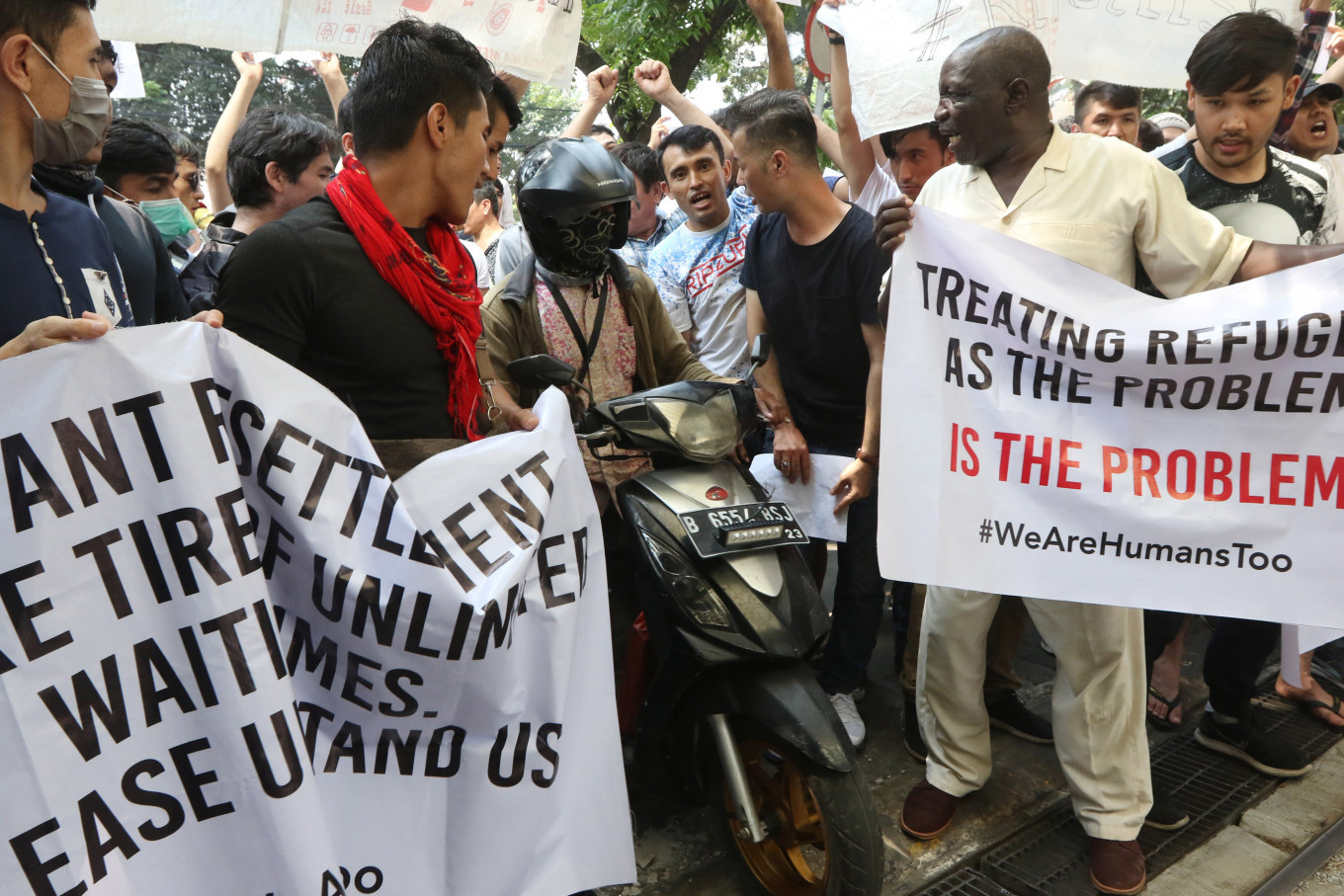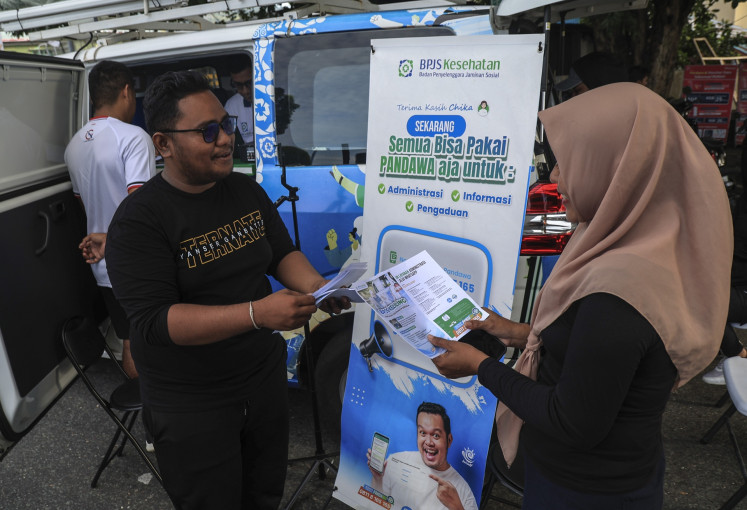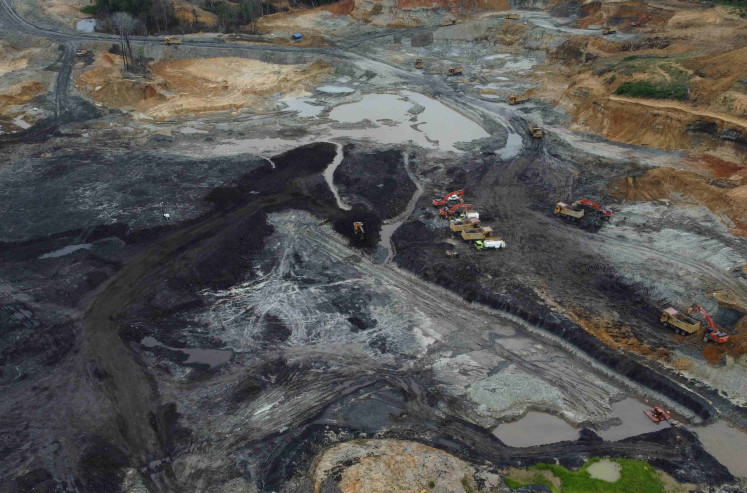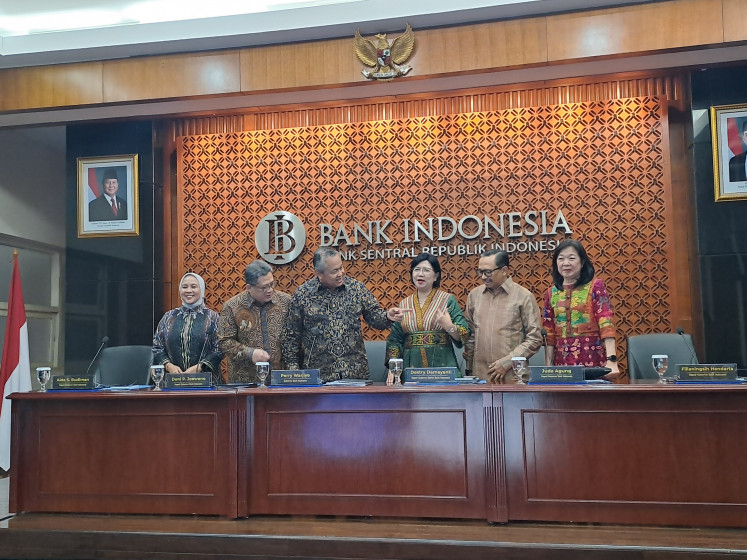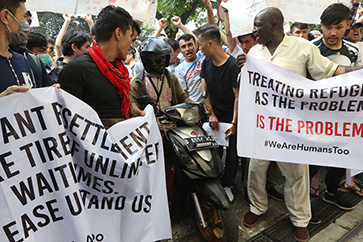Popular Reads
Top Results
Can't find what you're looking for?
View all search resultsPopular Reads
Top Results
Can't find what you're looking for?
View all search resultsProtection for refugees in Indonesia: A state responsibility
Ratifying an international convention may require the state to do more work, but further research is needed on the potential impacts on the state’s readiness in adhering to the international standards of human rights fulfillment, among other things. What are the current solutions for refugees and asylum seekers in Indonesia?
Change text size
Gift Premium Articles
to Anyone
R
efugees in Indonesia have staged many rallies this year. The street hosting the United Nations Refugee Agency (UNHCR) Indonesia, Jl. Kebon Sirih in Central Jakarta, was filled with refugees, requesting protection and a solution to their situation living in limbo for years, particularly from June to August.
Refugee migration is increasing worldwide as a result of civil wars and internal conflicts in various parts of the world. The UN estimates that as of last June, Indonesia had been a host to almost 14,000 refugees and asylum seekers from Afghanistan, Somalia, Iraq, Myanmar, Sudan, etc.
Indonesia has a responsibility as a state in providing protection for refugees and asylum seekers. Indonesia is not a signatory to the 1951 Refugee Convention and its 1967 Protocol. However, is being signatory to the aforementioned conventions the only pre-requisite for a state in providing protection for refugees in Indonesia?
As a member of the UN, Indonesia is signatory to eight core international human rights conventions, some of which have been adopted in domestic regulations. Apart from international conventions, Presidential Regulation 125/2016 on the treatment of refugees and asylum seekers in Indonesia has acknowledged and recognized refugees in a national legal context, even though protection clauses are lacking within the said regulation.
Ratifying an international convention may require the state to do more work, but further research is needed on the potential impacts on the state’s readiness in adhering to the international standards of human rights fulfillment, among other things. What are the current solutions for refugees and asylum seekers in Indonesia?
The UN cites three main durable solutions: assisted voluntary repatriation, resettlement and integration with the local community. The first choice is hardly a possible option as the conflicts in refugees’ country of origin rarely subside; while the non-refoulement principle under international customary law considers making refugees return to their own country and endangering their safety a breach of international law. Resettlement, which is highly hoped by refugees as the best solution for them, also does not seem possible with the rise of extreme nationalism, Islamophobia and resistance from countries such as Australia, the United States as well as European countries who used to accept refugees from Indonesia.
This situation leaves us with the third option. As a non-signatory member of the 1951 Refugee Convention and its Optional Protocol of 1967, the government might say integration with the local community is not a possible option. However, integration is inevitable between the refugee community and Indonesian society. The refugees have already started integrating in society ever since they arrived on Indonesian soil.

